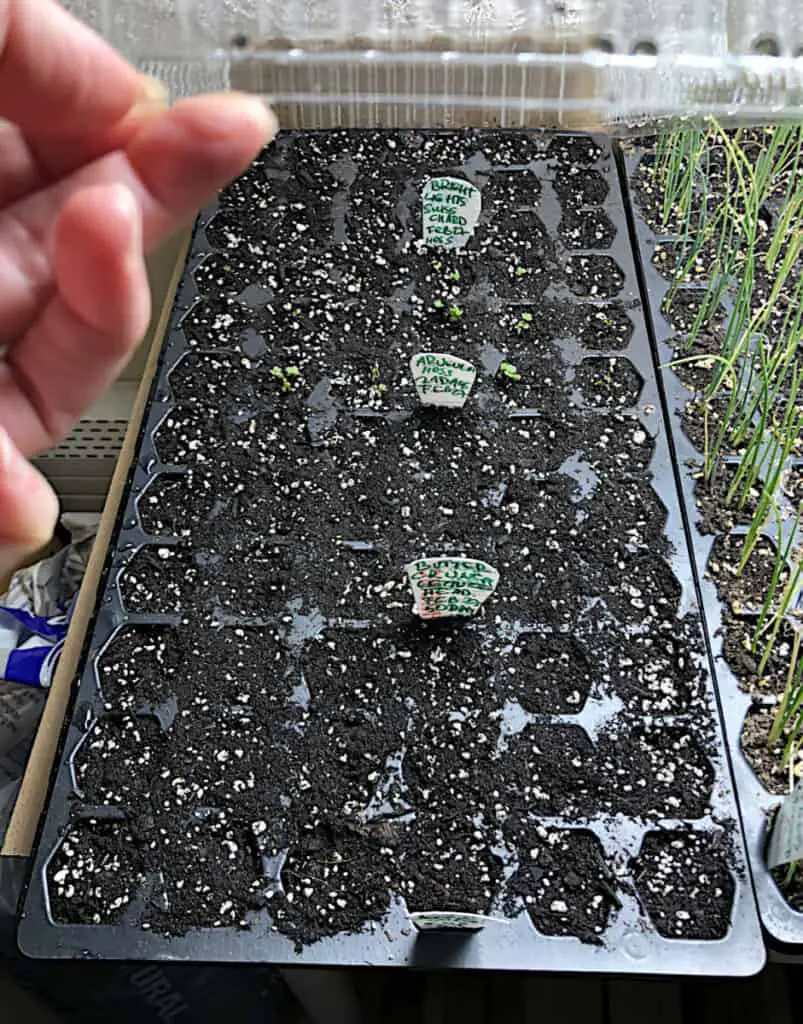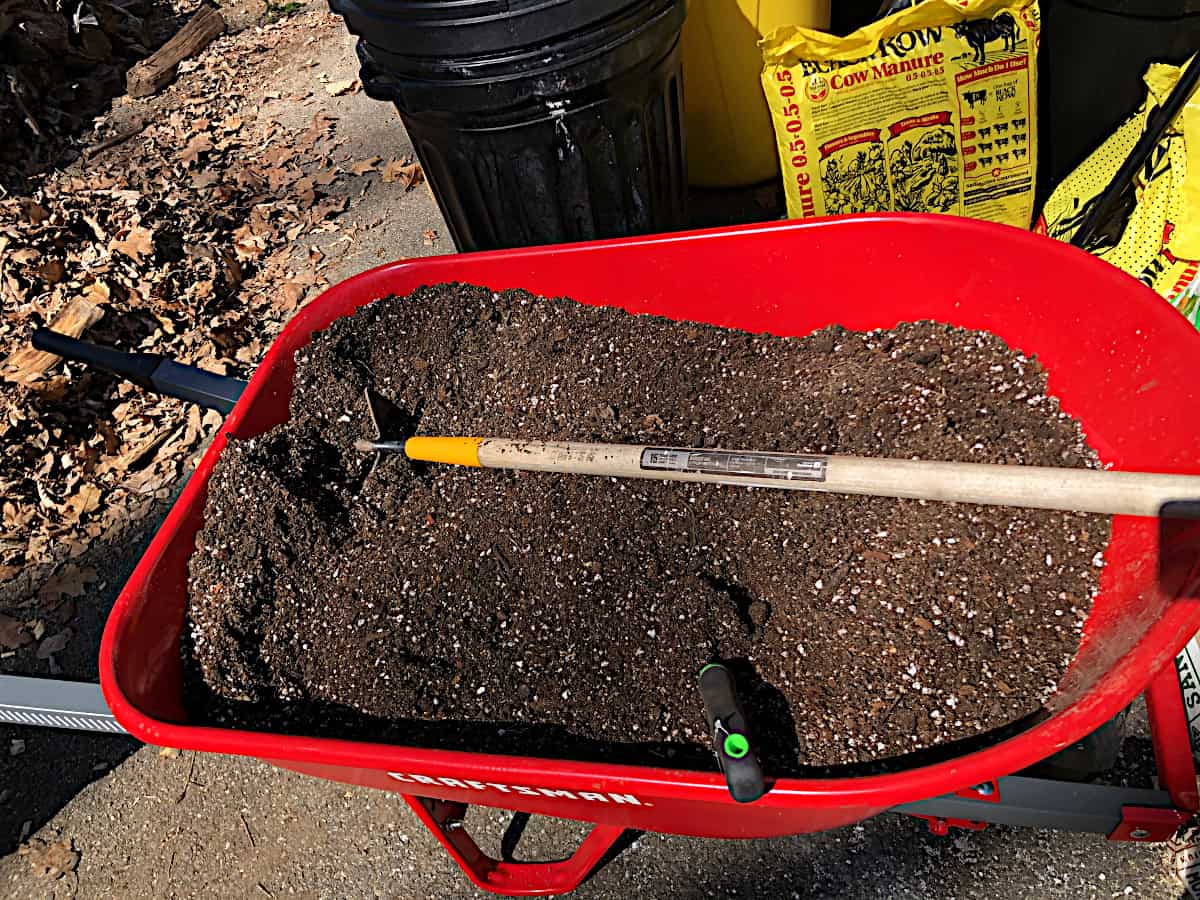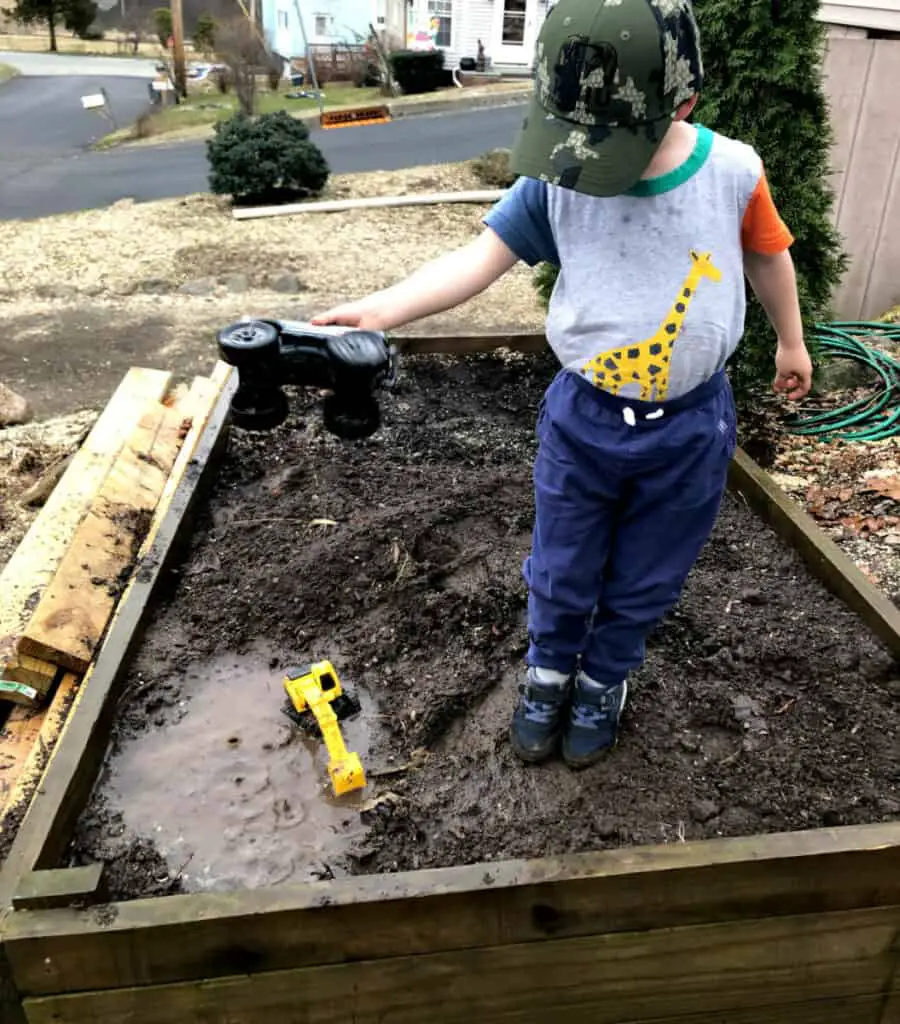With only a few weeks till the first day of Spring, it is time to think about what to sow in March in zone 6. As I am writing this, we have about 2 inches of snow on the ground. I will not be direct sowing anything out in March but surely there is plenty to be sowed indoors.
In March in zone 6, you can start with seeding your cool-weather vegetables and at the end of March, you can seed warm-weather vegetables. To be sowed beginning of March indoors, in zone 6 are cool-weather spring vegetables including root crops like beets, and kohlrabi, cabbage vegetables like cabbage, broccoli, collard greens, cauliflower, Brussel sprouts, and leafy greens like kale, lettuce, spinach, Swiss chard, arugula, Bok choy. End of March you can sow warm-season vegetables including tomatoes, peppers, and eggplant. These need at least 6-8 weeks to grow and mature into strong seedlings before being planted outdoors. If sowed end of March indoors, these warm-weather cops will have plenty of time to mature and get ready to be planted in the garden right after your last frost.
End of March, there are plenty of cool-hardy vegetables that can be directly seeded outdoors, including beets, radish, carrot, kohlrabi, turnip, peas, leeks, lettuce, spinach, Swiss chard, kale, Bok choy, arugula, and even potatoes. However, potatoes will need to be watched and protected before frost. The best place to plant potatoes this early is in a cold frame or under a frost cover. They can survive frost, however, they can get stressed by it and their growth can be affected.

Thinking about planting more warm-weather seeds like cucumbers, pumpkins, zucchini, or melons? Hold these off for a while. These usually sprout and grow fast and only need 2 true leaves to be transplanted in the garden. Start them rather about 3 weeks before the last frost and they will be ready to be planted when the danger of the last frost passed and the soil is warmed enough to welcome these tender warm-season crops.
By the end of March in my zone 6, the weather during the day will be close to 50F and night temperatures about 32F. I will finally be able to plant some cool-season vegetable seeds outdoors with a frost cover over them at night, and they should do just fine.
When sowing seeds outdoors as early as the end of March it is essential to have the soil ready. The soil needs to be thawed, dry enough, workable, amended with organic matter, and warm enough for the seeds to sprout as soon as possible.
How to amend the soil
To improve the quality of the soil, leaf mold, pine bark, aged chicken, horse or cow manure, and compost can be added to it.
Amending the soil means adding something to the soil to improve its abilities, including water retention, absorption, structure, drainage aeration, and nutrients. For example, if the soil is clay it needs to become lighter, aerated, and provide drainage to the plants.

I have a nice loamy soil that I amend with my homemade compost, wood ash, leaf mold, and warm casting and because I still have a half bag of organic store-bought fertilizer, I mix it in.
How to warm up the soil
The soil can be warmed up by covering it with either black plastic, thicker painter plastic, row covers, or garden fleece.
Warming up the soil is especially helpful in early spring when the weather during the day is warmer but the nights are still too cool. By warming up the soil it is quicker prepared for sowing the seeds.
Most seeds germinate when the soil temperature is at least 68F. By covering the soil with plastic or row covers the soil is warming up and retains the moisture needed for the seeds to germinate. The covers can be left on the soil even after the seeds were planted until they germinate. If the plastic is transparent and let the sunshine through it can be left till the seedlings are stronger to protect them from pests such as chipmunks, mice, squirrel, birds, and others which could dig them out of the ground and eat them.
How to know when the soil is workable
Workable soil is thawed, not frosted, it has some moisture but is not wet. By squeezing a clump of soil in your hand it should hold its shape but should easily crumble with a pressure of a finger or a thumb. If the soil stays firm after crumbling it with fingers it is still too wet.
It is important especially after the winter when planting the first seeds outdoors to know how workable soil looks and feels.

What happens if I work in wet soil
If wet soil is being worked on, it will be tightly packed, the soil structure will be destroyed, and no room for water and air will be left for penetration and drainage. It will be very difficult to plant seeds and transplants in wet soil and will definitely give them a bad start if being packed around them and the structure of the soil is damaged. Gardening equipment also moves with difficulty in wet soil.
If the soil is wet, wait a couple of days and check again if the soil is workable before sowing seeds or planting seedlings.
What do hardiness zones mean and how to determine yours

